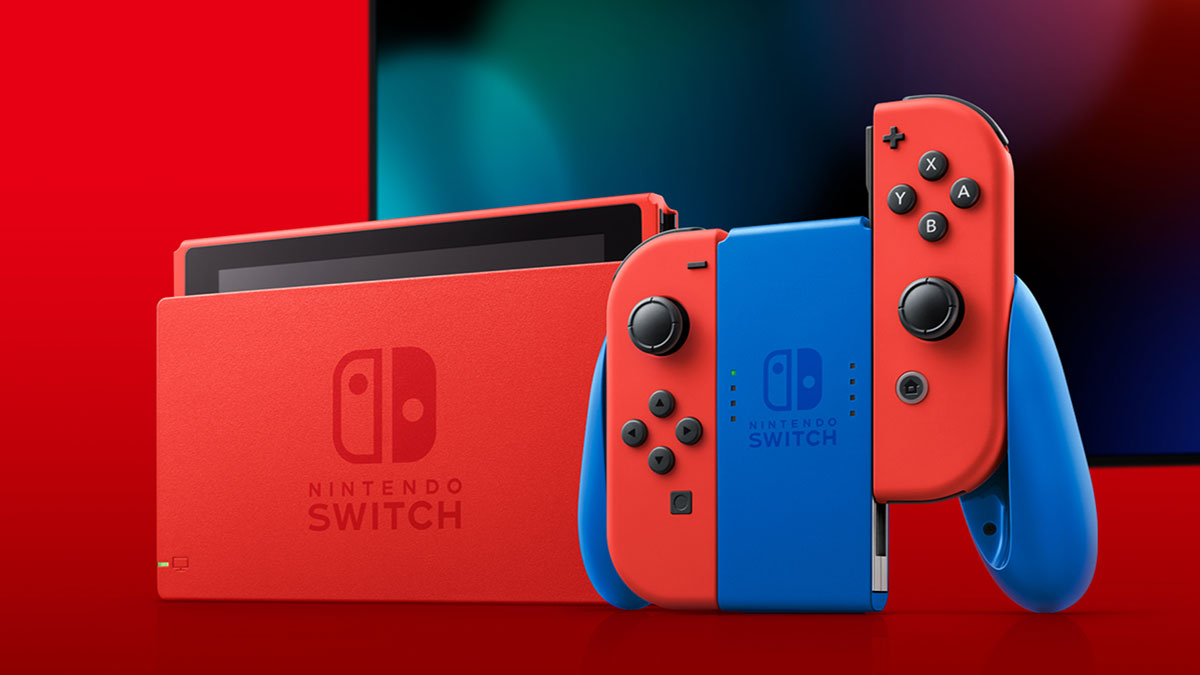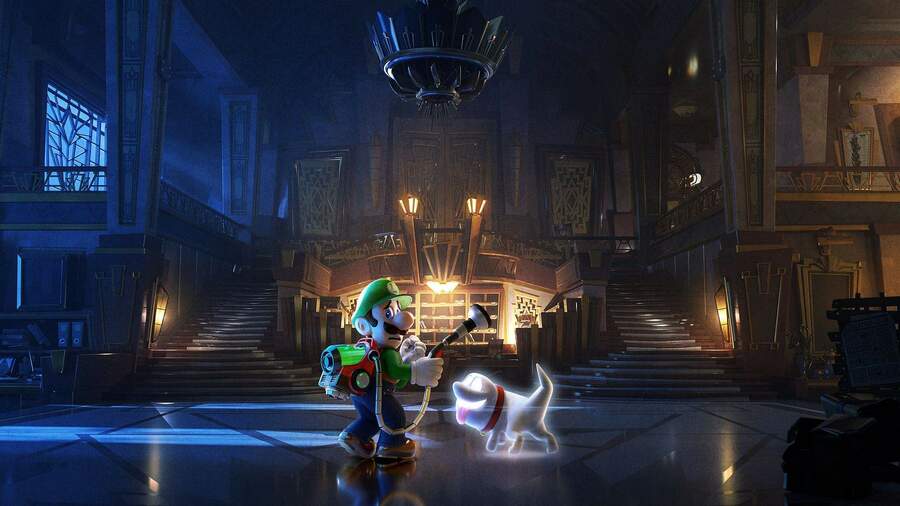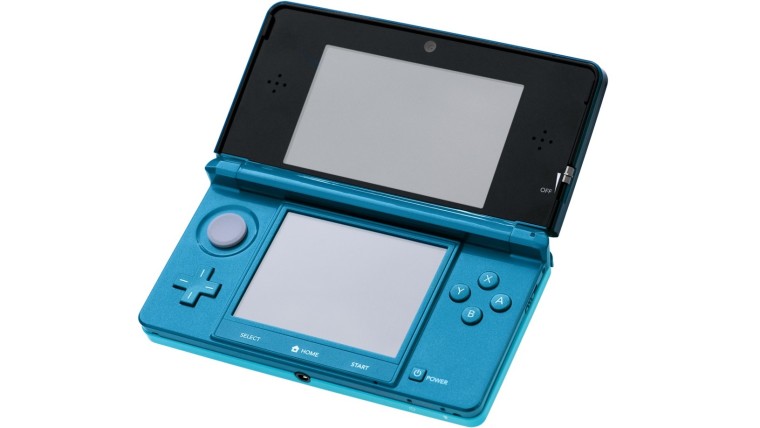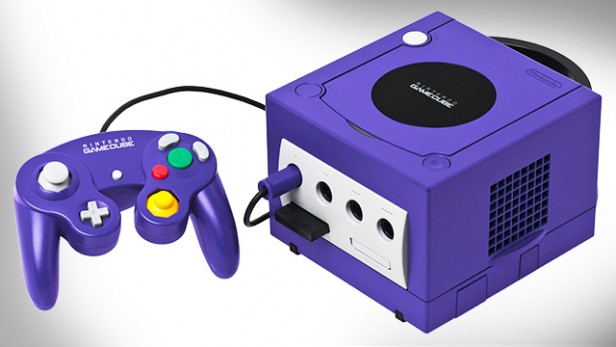Technology
‘Nintendo Direct’ for E3 2021 is arriving on June 15
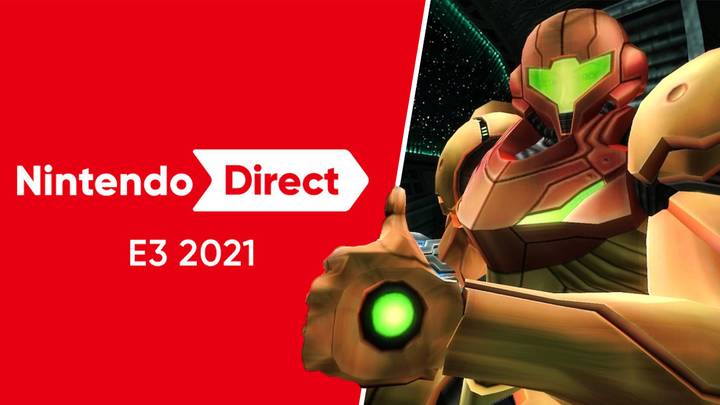
Technology
Neura AI Blockchain Opens Public Testnet for Mainnet Development
Technology
Microsoft Introduces Phi-3 Mini, its Tiniest AI Model to date
Technology
AI Models by Google and Nvidia Predict Path and Intensity of Major Storms
-

 Technology4 weeks ago
Technology4 weeks agoZoom Workplace: Using AI to Revolutionize Collaboration
-

 Technology3 weeks ago
Technology3 weeks agoApple’s MacOS 15 Announcement may Include AI Features for Compatible Macs
-

 Business4 weeks ago
Business4 weeks agoG7 CR Technologies Launches AI Apps Program for Streamlined AI Integration
-

 Technology3 weeks ago
Technology3 weeks agoAI Data Center Designs Developed in Partnership with NVIDIA by Schneider Electric
-

 Business4 weeks ago
Business4 weeks agoDelta Unveils NVIDIA Omniverse Digital Twin and Efficient AI Server Solutions at GTC
-

 Technology4 weeks ago
Technology4 weeks agoAdobe Integrates GenAI-Powered Workflow Planning into Content Supply Chain
-

 Technology4 weeks ago
Technology4 weeks agoIntel Unveils New Initiative for AI Hardware and Software Providers
-

 Technology3 weeks ago
Technology3 weeks agoThales Introduces AI Platform Tailored for Defense Industry





